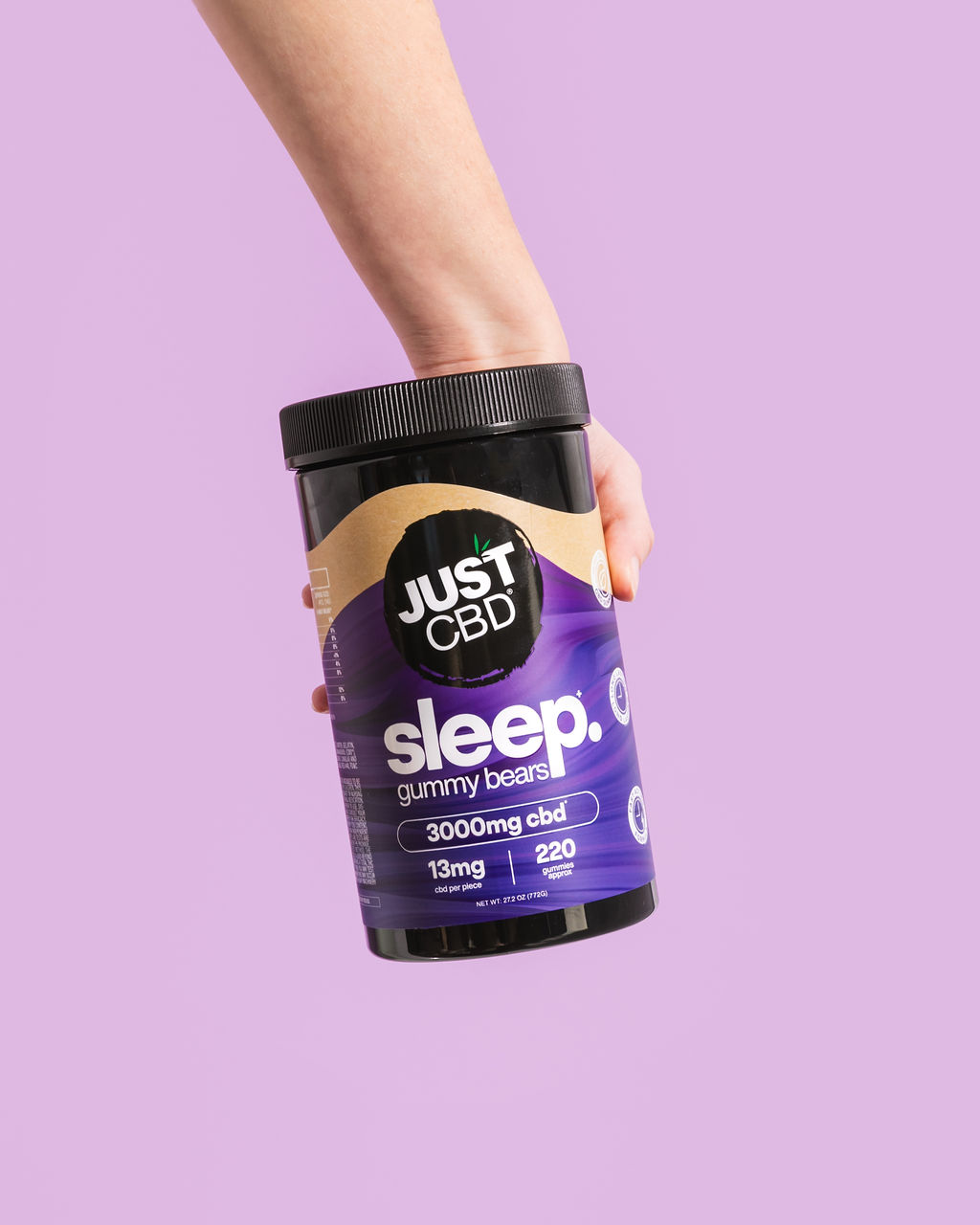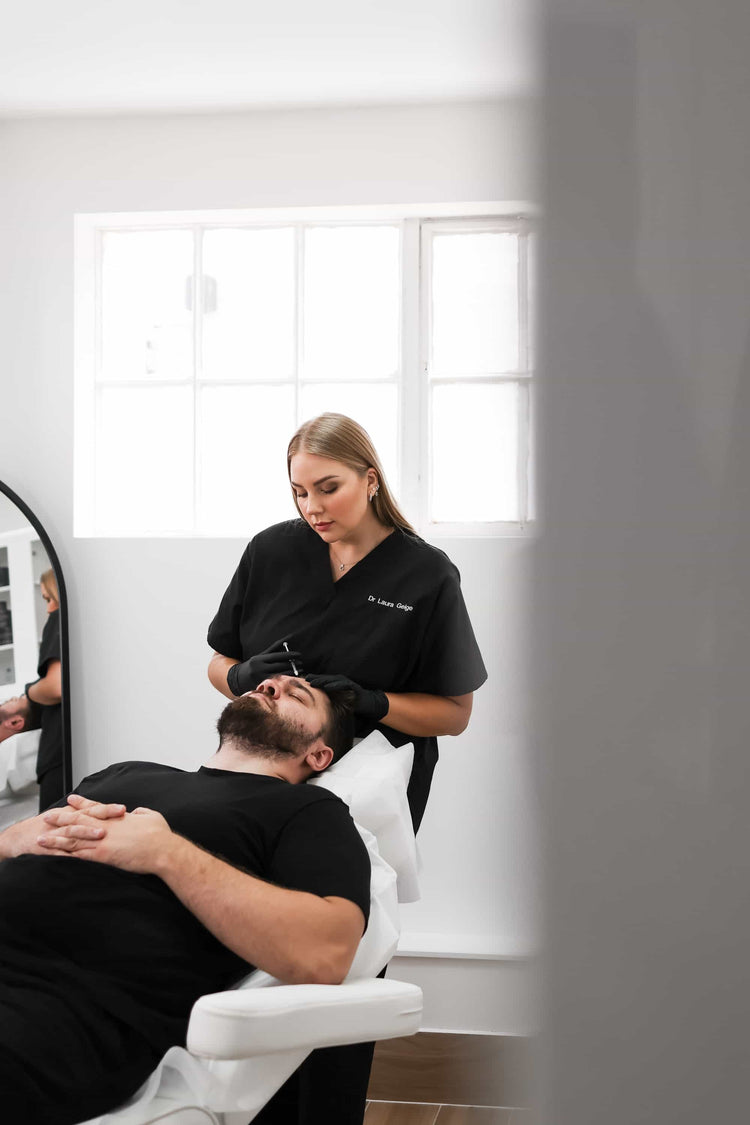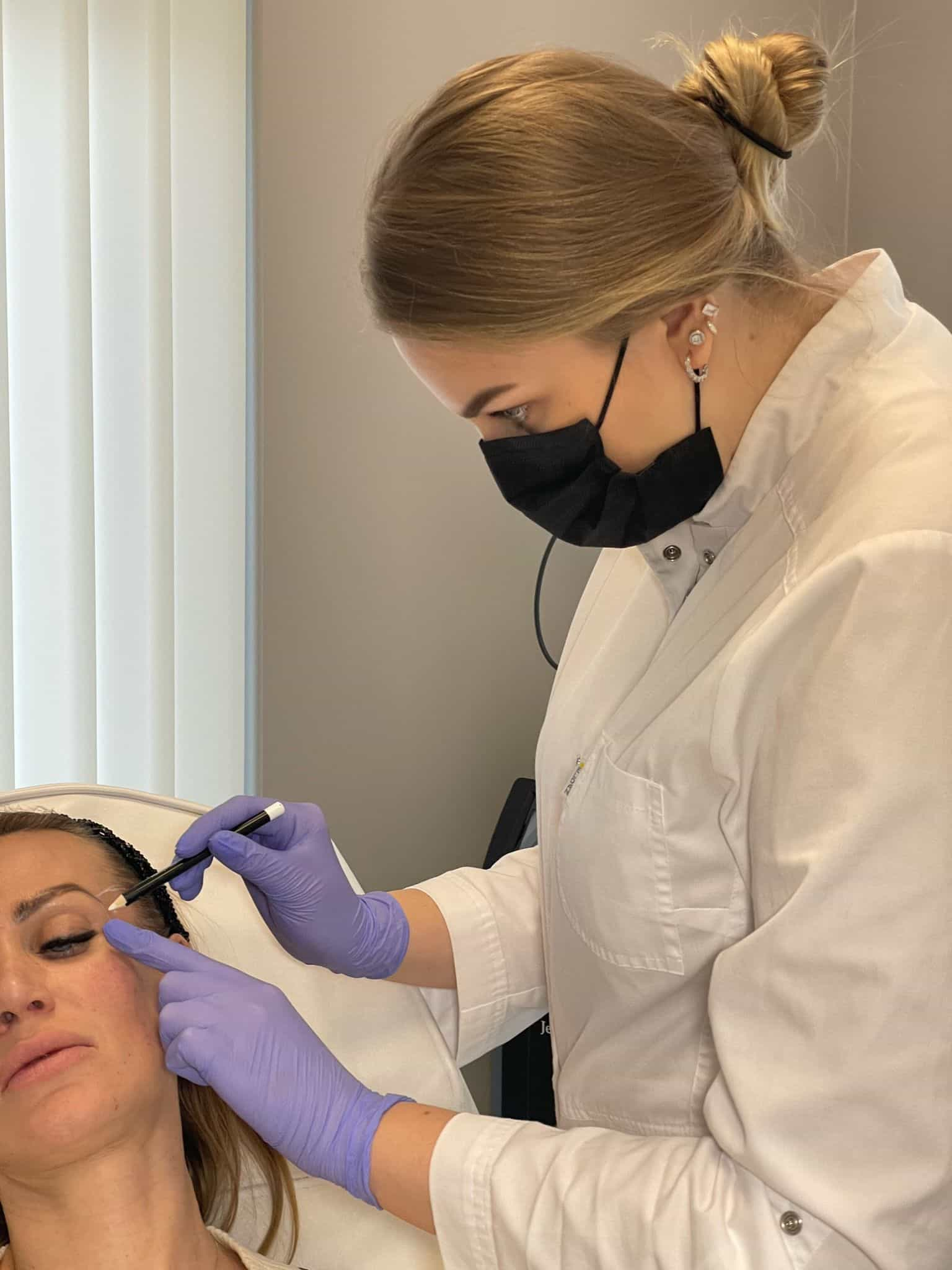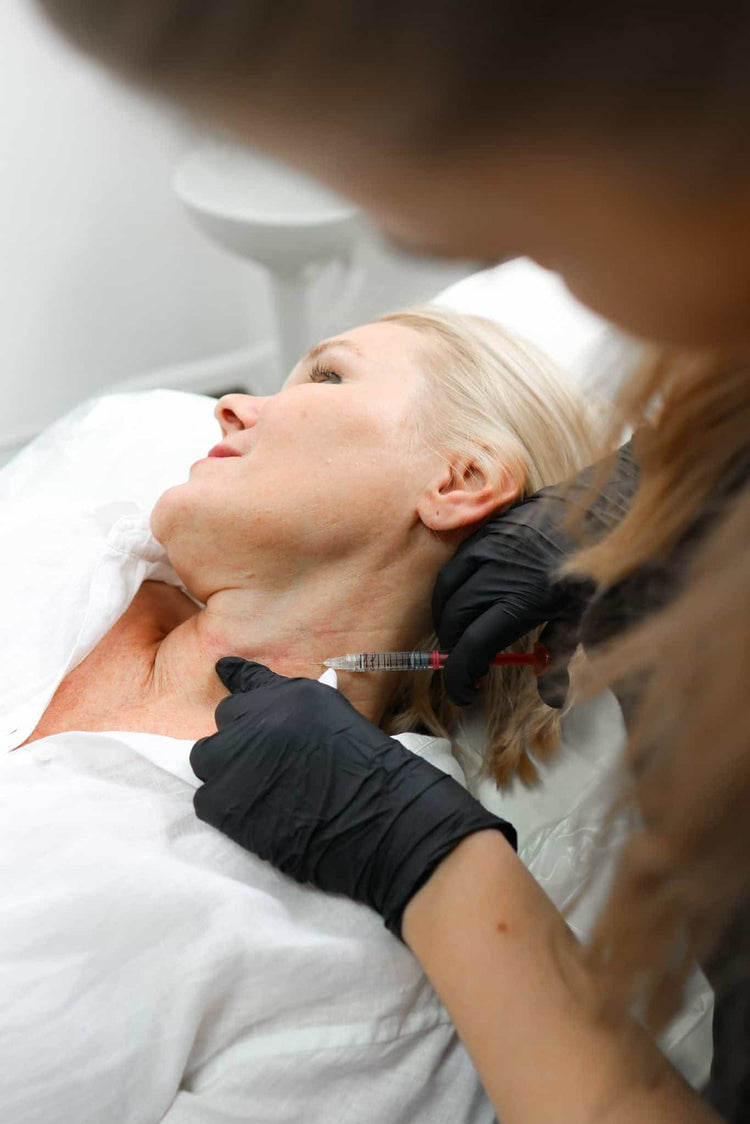Types of THC Seltzers
For those seeking a buzz without the hangover, THC seltzers have emerged as a popular alternative to traditional alcoholic beverages. These fizzy drinks offer a convenient and discreet way to enjoy the psychoactive effects of THC, the primary compound responsible for cannabis’s euphoric sensations.
Delta-8 vs Delta-9
THC seltzers come in a variety of flavors and formulations, catering to diverse preferences. Some brands focus on traditional fruit flavors like lemon lime or mango, while others offer more unique options such as berry blends or tropical combinations.
When it comes to the type of THC used, there are two main contenders: Delta-8 and Delta-9. Delta-9 is the most common form of THC found in cannabis and is known for its stronger psychoactive effects. Delta-8, on the other hand, is a less potent isomer of THC that produces a milder high often described as more relaxing and clear-headed.
Flavors and Variations

Beyond these core distinctions, manufacturers are experimenting with various formulations to enhance the THC experience. Some seltzers incorporate additional cannabinoids like CBD, which is known for its calming and potentially therapeutic properties. Others feature terpenes, aromatic compounds found in cannabis that can influence the flavor profile and potential effects of the product.
The emergence of THC seltzers has opened up a world of possibilities for consumers seeking an enjoyable and discreet way to experience the benefits of cannabis. Whether you prefer a classic fruit flavor or something more adventurous, the variety of options available ensures there’s a THC selzter to suit every taste and preference.
Dosage and Potency
THC seltzers offer varying dosages and potencies to accommodate different user preferences. Typical serving sizes range from 5mg to 25mg of THC, allowing consumers to start with a lower dose and gradually increase it as needed.
Potency is often determined by the concentration of THC per milliliter or ounce of seltzer. For example, a seltzer containing 10mg of THC in a 12-ounce can would have a potency of approximately 0.83mg per ounce. It’s important to note that individual responses to THC can vary widely based on factors such as body weight, metabolism, and tolerance levels.
Always start with a low dose and gradually increase it until you achieve the desired effects. Be mindful of your surroundings and avoid driving or operating machinery after consuming THC seltzers.
Legality and Regulations
Navigating the legal landscape surrounding THC seltzers can be complex, as regulations vary significantly across jurisdictions.
Federal vs State Laws
In the United States, the legality of THC seltzers is primarily determined by a complex interplay of federal and state laws. At the federal level, THC remains a Schedule I controlled substance under the Controlled Substances Act, making its production, sale, and possession illegal nationwide.
However, individual states have the authority to establish their own cannabis laws, leading to a patchwork of regulations across the country. Some states have legalized recreational marijuana use, allowing for the legal sale and consumption of THC-containing products, including seltzers. Others have adopted medical marijuana programs, permitting the use of cannabis for specific qualifying conditions with a valid prescription.
Within states that have legalized THC, regulations regarding seltzer production, labeling, and sale can vary widely. Some states impose strict requirements on potency levels, packaging, and advertising, while others have more lenient standards.
It’s crucial for consumers to be aware of the specific laws in their state or locality before purchasing or consuming THC seltzers.
Labeling Requirements
Navigating the legal landscape surrounding THC seltzers can be complex, as regulations vary significantly across jurisdictions.
In the United States, the legality of THC seltzers is primarily determined by a complex interplay of federal and state laws. At the federal level, THC remains a Schedule I controlled substance under the Controlled Substances Act, making its production, sale, and possession illegal nationwide.
However, individual states have the authority to establish their own cannabis laws, leading to a patchwork of regulations across the country. Some states have legalized recreational marijuana use, allowing for the legal sale and consumption of THC-containing products, including seltzers. Others have adopted medical marijuana programs, permitting the use of cannabis for specific qualifying conditions with a valid prescription.
- Federal Law: THC is classified as a Schedule I controlled substance at the federal level, making its possession and sale illegal nationwide.
- State Laws: Individual states have the authority to legalize or prohibit cannabis use. Some states allow recreational marijuana, while others only permit medical use.
Within states that have legalized THC, regulations regarding seltzer production, labeling, and sale can vary widely. Some states impose strict requirements on potency levels, packaging, and advertising, while others have more lenient standards.
It’s crucial for consumers to be aware of the specific laws in their state or locality before purchasing or consuming THC seltzers.
Age Restrictions
Age restrictions for purchasing THC seltzers are generally aligned with the legal age for purchasing other cannabis products within a given jurisdiction.
In many states where recreational marijuana is legal, the minimum age to buy THC seltzers is 21.

This aligns with the federal minimum drinking age and reflects the intention to restrict access to cannabis products to adults.
However, some states with medical marijuana programs may have a lower age limit for purchasing THC-infused beverages if the consumer has a valid medical marijuana card.
Potential Benefits and Risks
THC seltzers offer a tempting alternative to traditional alcohol, providing a buzz without the hangover. But as with any psychoactive substance, it’s essential to understand both the potential benefits and risks associated with their consumption.
Therapeutic Uses
Potential benefits of THC seltzers may include relaxation, mood elevation, pain relief, and stress reduction. Some individuals also report increased creativity and enhanced sensory experiences.
However, risks associated with THC seltzers include impaired coordination and judgment, anxiety, paranoia, and potential dependence. It’s important to consume THC in moderation and be aware of individual tolerance levels.
Therapeutic uses for THC are being explored for conditions such as chronic pain, multiple sclerosis, epilepsy, and nausea.
Side Effects and Concerns
THC seltzers offer a tempting alternative to traditional alcohol, providing a buzz without the hangover. But as with any psychoactive substance, it’s essential to understand both the potential benefits and risks associated with their consumption.
Potential benefits of THC seltzers may include relaxation, mood elevation, pain relief, and stress reduction. Some individuals also report increased creativity and enhanced sensory experiences.
However, risks associated with THC seltzers include impaired coordination and judgment, anxiety, paranoia, and potential dependence. It’s important to consume THC in moderation and be aware of individual tolerance levels.
Therapeutic uses for THC are being explored for conditions such as chronic pain, multiple sclerosis, epilepsy, and nausea.
The Consumer Experience
The rise of THC seltzers marks a significant shift in the cannabis beverage landscape, offering consumers a convenient and discreet way to experience the effects of THC.
Choosing a Product
For those seeking a buzz without the hangover, THC seltzers have emerged as a popular alternative to traditional alcoholic beverages. These fizzy drinks offer a convenient and discreet way to enjoy the psychoactive effects of THC, the primary compound responsible for cannabis’s euphoric sensations.
THC seltzers come in a variety of flavors and formulations, catering to diverse preferences. Some brands focus on traditional fruit flavors like lemon lime or mango, while others offer more unique options such as berry blends or tropical combinations.
When it comes to the type of THC used, there are two main contenders: Delta-8 and Delta-9. Delta-9 is the most common form of THC found in cannabis and is known for its stronger psychoactive effects. Delta-8, on the other hand, is a less potent isomer of THC that produces a milder high often described as more relaxing and clear-headed.
Beyond these core distinctions, manufacturers are experimenting with various formulations to enhance the THC experience. Some seltzers incorporate additional cannabinoids like CBD, which is known for its calming and potentially therapeutic properties. Others feature terpenes, aromatic compounds found in cannabis that can influence the flavor profile and potential effects of the product.
The emergence of THC seltzers has opened up a world of possibilities for consumers seeking an enjoyable and discreet way to experience the benefits of cannabis. Whether you prefer a classic fruit flavor or something more adventurous, the variety of options available ensures there’s a THC selzter to suit every taste and preference.
THC seltzers offer varying dosages and potencies to accommodate different user preferences. Typical serving sizes range from 5mg to 25mg of THC, allowing consumers to start with a lower dose and gradually increase it as needed.
Potency is often determined by the concentration of THC per milliliter or ounce of seltzer. For example, a seltzer containing 10mg of THC in a 12-ounce can would have a potency of approximately 0.83mg per ounce. It’s important to note that individual responses to THC can vary widely based on factors such as body weight, metabolism, and tolerance levels.
Always start with a low dose and gradually increase it until you achieve the desired effects. Be mindful of your surroundings and avoid driving or operating machinery after consuming THC seltzers.
Navigating the legal landscape surrounding THC seltzers can be complex, as regulations vary significantly across jurisdictions.
In the United States, the legality of THC seltzers is primarily determined by a complex interplay of federal and state laws. At the federal level, THC remains a Schedule I controlled substance under the Controlled Substances Act, making its production, sale, and possession illegal nationwide.
However, individual states have the authority to establish their own cannabis laws, leading to a patchwork of regulations across the country. Some states have legalized recreational marijuana use, allowing for the legal sale and consumption of THC-containing products, including seltzers. Others have adopted medical marijuana programs, permitting the use of cannabis for specific qualifying conditions with a valid prescription.
Within states that have legalized THC, regulations regarding seltzer production, labeling, and sale can vary widely. Some states impose strict requirements on potency levels, packaging, and advertising, while others have more lenient standards.
It’s crucial for consumers to be aware of the specific laws in their state or locality before purchasing or consuming THC seltzers.
Age restrictions for purchasing THC seltzers are generally aligned with the legal age for purchasing other cannabis products within a given jurisdiction.
In many states where recreational marijuana is legal, the minimum age to buy THC seltzers is 21.
This aligns with the federal minimum drinking age and reflects the intention to restrict access to cannabis products to adults.
However, some states with medical marijuana programs may have a lower age limit for purchasing THC-infused beverages if the consumer has a valid medical marijuana card.
THC seltzers offer a tempting alternative to traditional alcohol, providing a buzz without the hangover. But as with any psychoactive substance, it’s essential to understand both the potential benefits and risks associated with their consumption.
Potential benefits of THC seltzers may include relaxation, mood elevation, pain relief, and stress reduction. Some individuals also report increased creativity and enhanced sensory experiences.
However, risks associated with THC seltzers include impaired coordination and judgment, anxiety, paranoia, and potential dependence. It’s important to consume THC in moderation and be aware of individual tolerance levels.
Therapeutic uses for THC are being explored for conditions such as chronic pain, multiple sclerosis, epilepsy, and nausea.
The rise of THC seltzers marks a significant shift in the cannabis beverage landscape, offering consumers a convenient and discreet way to experience the effects of THC.
Setting Expectations
The emergence of THC seltzers has created a new frontier for consumers seeking the potential benefits of cannabis without the traditional consumption methods. Understanding the nuances of these products, including their varying formulations, dosage levels, and legal landscape, is crucial for navigating this exciting and rapidly evolving market.
- Formulations: THC seltzers come in a variety of flavors and strengths. Some incorporate additional cannabinoids like CBD, while others focus on specific terpenes to enhance the flavor profile and potential effects.
- Dosage & Potency: THC seltzers offer varying dosages, typically ranging from 5mg to 25mg per serving. It’s essential to start with a low dose and gradually increase it based on individual tolerance levels.
- Legal Landscape: THC seltzers are subject to the complex interplay of federal and state laws regarding cannabis. Consumers must be aware of the specific regulations in their jurisdiction.
Setting realistic expectations about THC seltzers is key to a positive and safe experience. While they offer a convenient and discreet way to consume THC, it’s important to remember that they are psychoactive substances that can produce varying effects on individuals.
Tips for First-Timers
The Consumer Experience, Tips for First-Timers
For those seeking a buzz without the hangover, THC seltzers have emerged as a popular alternative to traditional alcoholic beverages. These fizzy drinks offer a convenient and discreet way to enjoy the psychoactive effects of THC, the primary compound responsible for cannabis’s euphoric sensations.
THC seltzers come in a variety of flavors and formulations, catering to diverse preferences. Some brands focus on traditional fruit flavors like lemon lime or mango, while others offer more unique options such as berry blends or tropical combinations.
When it comes to the type of THC used, there are two main contenders: Delta-8 and Delta-9. Delta-9 is the most common form of THC found in cannabis and is known for its stronger psychoactive effects. Delta-8, on the other hand, is a less potent isomer of THC that produces a milder high often described as more relaxing and clear-headed.
Beyond these core distinctions, manufacturers are experimenting with various formulations to enhance the THC experience. Some seltzers incorporate additional cannabinoids like CBD, which is known for its calming and potentially therapeutic properties. Others feature terpenes, aromatic compounds found in cannabis that can influence the flavor profile and potential effects of the product.
The emergence of THC seltzers has opened up a world of possibilities for consumers seeking an enjoyable and discreet way to experience the benefits of cannabis. Whether you prefer a classic fruit flavor or something more adventurous, the variety of options available ensures there’s a THC selzter to suit every taste and preference.
THC seltzers offer varying dosages and potencies to accommodate different user preferences. Typical serving sizes range from 5mg to 25mg of THC, allowing consumers to start with a lower dose and gradually increase it as needed. Potency is often determined by the concentration of THC per milliliter or ounce of seltzer. For example, a seltzer containing 10mg of THC in a 12-ounce can would have a potency of approximately 0.83mg per ounce. It’s important to note that individual responses to THC can vary widely based on factors such as body weight, metabolism, and tolerance levels. Always start with a low dose and gradually increase it until you achieve the desired effects. Be mindful of your surroundings and avoid driving or operating machinery after consuming THC seltzers.
Navigating the legal landscape surrounding THC seltzers can be complex, as regulations vary significantly across jurisdictions. In the United States, the legality of THC seltzers is primarily determined by a complex interplay of federal and state laws. At the federal level, THC remains a Schedule I controlled substance under the Controlled Substances Act, making its production, sale, and possession illegal nationwide.
However, individual states have the authority to establish their own cannabis laws, leading to a patchwork of regulations across the country. Some states have legalized recreational marijuana use, allowing for the legal sale and consumption of THC-containing products, including seltzers. Others have adopted medical marijuana programs, permitting the use of cannabis for specific qualifying conditions with a valid prescription.
Within states that have legalized THC, regulations regarding seltzer production, labeling, and sale can vary widely. Some states impose strict requirements on potency levels, packaging, and advertising, while others have more lenient standards. It’s crucial for consumers to be aware of the specific laws in their state or locality before purchasing or consuming THC seltzers.
Age restrictions for purchasing THC seltzers are generally aligned with the legal age for purchasing other cannabis products within a given jurisdiction. In many states where recreational marijuana is legal, the minimum age to buy THC seltzers is 21. This aligns with the federal minimum drinking age and reflects the intention to restrict access to cannabis products to adults. However, some states with medical marijuana programs may have a lower age limit for purchasing THC-infused beverages if the consumer has a valid medical marijuana card.
THC seltzers offer a tempting alternative to traditional alcohol, providing a buzz without the hangover. But as with any psychoactive substance, it’s essential to understand both the potential benefits and risks associated with their consumption. Potential benefits of THC seltzers may include relaxation, mood elevation, pain relief, and stress reduction. Some individuals also report increased creativity and enhanced sensory experiences.
However, risks associated with THC seltzers include impaired coordination and judgment, anxiety, paranoia, and potential dependence. It’s important to consume THC in moderation and be aware of individual tolerance levels. Therapeutic uses for THC are being explored for conditions such as chronic pain, multiple sclerosis, epilepsy, and nausea.
The rise of THC seltzers marks a significant shift in the cannabis beverage landscape, offering consumers a convenient and discreet way to experience the effects of THC.
Future of THC Seltzers
The emergence of THC-infused seltzers signals a dynamic shift in the cannabis beverage market, attracting those seeking a convenient and subtly enjoyable way to experience the effects of THC. These sparkling drinks come in a variety of flavors and potencies, catering to diverse preferences and consumption styles.
However, as with any psychoactive substance, it’s crucial for consumers to understand both the potential benefits and risks associated with THC seltzers.
Market Trends
The future of THC seltzers is bright. As more states legalize cannabis, demand for convenient and discreet consumption options like THC seltzers is likely to increase significantly.
Here are some key market trends driving this growth:
* **Mainstream Appeal:** THC seltzers offer a more approachable entry point into cannabis for those hesitant about traditional methods like smoking or vaping. Their familiar beverage format and diverse flavor profiles appeal to a wider audience, including younger demographics.
* **Health & Wellness Focus:** Consumers are increasingly seeking natural alternatives for relaxation, pain management, and stress relief. THC seltzers, especially those incorporating CBD or other cannabinoids, tap into this trend by offering potential therapeutic benefits.
* **Social Consumption:** The portability and discreet nature of THC seltzers make them suitable for social gatherings and events, potentially changing the dynamic of how cannabis is consumed in group settings.
* **Innovation & Variety:** Manufacturers are constantly innovating with new flavors, formulations, and dosage options to cater to diverse preferences and needs. Expect to see more creative blends, functional ingredients (like adaptogens), and personalized experiences tailored to individual users.
The growing acceptance of cannabis and the evolution of consumption methods suggest that THC seltzers are poised to become a significant player in the broader beverage industry. However, challenges remain:
* **Regulatory Uncertainty:** Navigating the patchwork of state laws regarding cannabis production and sale can be complex for manufacturers.
* **Brand Building & Perception:** Overcoming negative stereotypes associated with cannabis will be crucial for building trust and mainstream appeal among consumers who may not have prior experience with the substance.
The future of THC seltzers depends on striking a balance between responsible marketing, innovative product development, and clear communication about potential benefits and risks. As the market matures, we can anticipate greater consumer awareness, increased product diversity, and further integration of THC seltzers into everyday life.
Technological Advancements
The future of THC seltzers is bright. As more states legalize cannabis, demand for convenient and discreet consumption options like THC seltzers is likely to increase significantly.
Here are some key market trends driving this growth:
- Mainstream Appeal: THC seltzers offer a more approachable entry point into cannabis for those hesitant about traditional methods like smoking or vaping. Their familiar beverage format and diverse flavor profiles appeal to a wider audience, including younger demographics.
- Health & Wellness Focus: Consumers are increasingly seeking natural alternatives for relaxation, pain management, and stress relief. THC seltzers, especially those incorporating CBD or other cannabinoids, tap into this trend by offering potential therapeutic benefits.
- Social Consumption: The portability and discreet nature of THC seltzers make them suitable for social gatherings and events, potentially changing the dynamic of how cannabis is consumed in group settings.
- Innovation & Variety: Manufacturers are constantly innovating with new flavors, formulations, and dosage options to cater to diverse preferences and needs. Expect to see more creative blends, functional ingredients (like adaptogens), and personalized experiences tailored to individual users.
The growing acceptance of cannabis and the evolution of consumption methods suggest that THC seltzers are poised to become a significant player in the broader beverage industry. However, challenges remain:
- Regulatory Uncertainty: Navigating the patchwork of state laws regarding cannabis production and sale can be complex for manufacturers.
- Brand Building & Perception: Overcoming negative stereotypes associated with cannabis will be crucial for building trust and mainstream appeal among consumers who may not have prior experience with the substance.
The future of THC seltzers depends on striking a balance between responsible marketing, innovative product development, and clear communication about potential benefits and risks. As the market matures, we can anticipate greater consumer awareness, increased product diversity, and further integration of THC seltzers into everyday life.


















